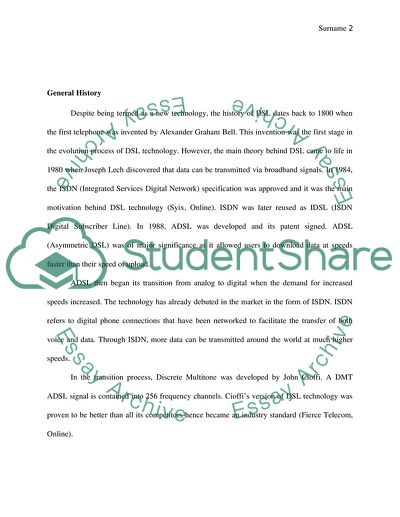Cite this document
(“Digital Subscriber Line (DSL) Term Paper Example | Topics and Well Written Essays - 2000 words”, n.d.)
Digital Subscriber Line (DSL) Term Paper Example | Topics and Well Written Essays - 2000 words. Retrieved from https://studentshare.org/information-technology/1788527-xdsl
Digital Subscriber Line (DSL) Term Paper Example | Topics and Well Written Essays - 2000 words. Retrieved from https://studentshare.org/information-technology/1788527-xdsl
(Digital Subscriber Line (DSL) Term Paper Example | Topics and Well Written Essays - 2000 Words)
Digital Subscriber Line (DSL) Term Paper Example | Topics and Well Written Essays - 2000 Words. https://studentshare.org/information-technology/1788527-xdsl.
Digital Subscriber Line (DSL) Term Paper Example | Topics and Well Written Essays - 2000 Words. https://studentshare.org/information-technology/1788527-xdsl.
“Digital Subscriber Line (DSL) Term Paper Example | Topics and Well Written Essays - 2000 Words”, n.d. https://studentshare.org/information-technology/1788527-xdsl.


